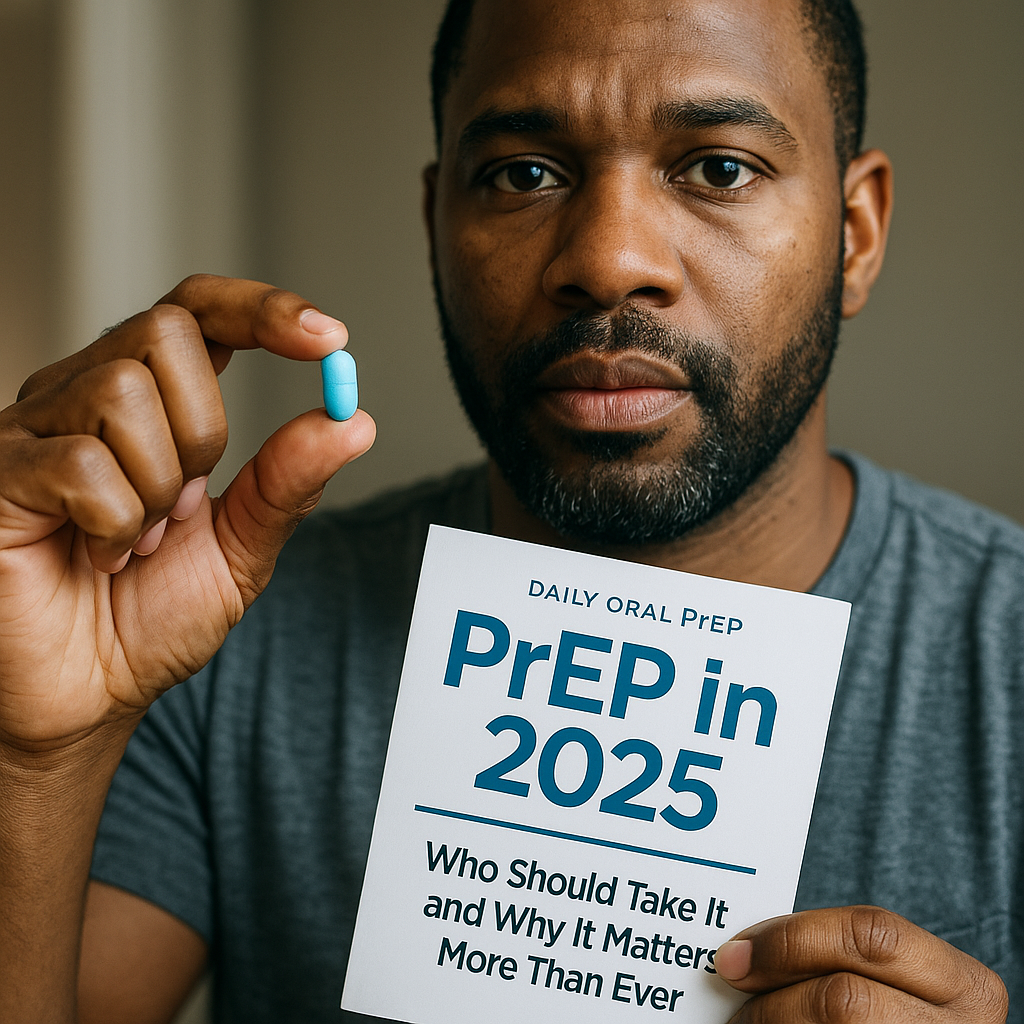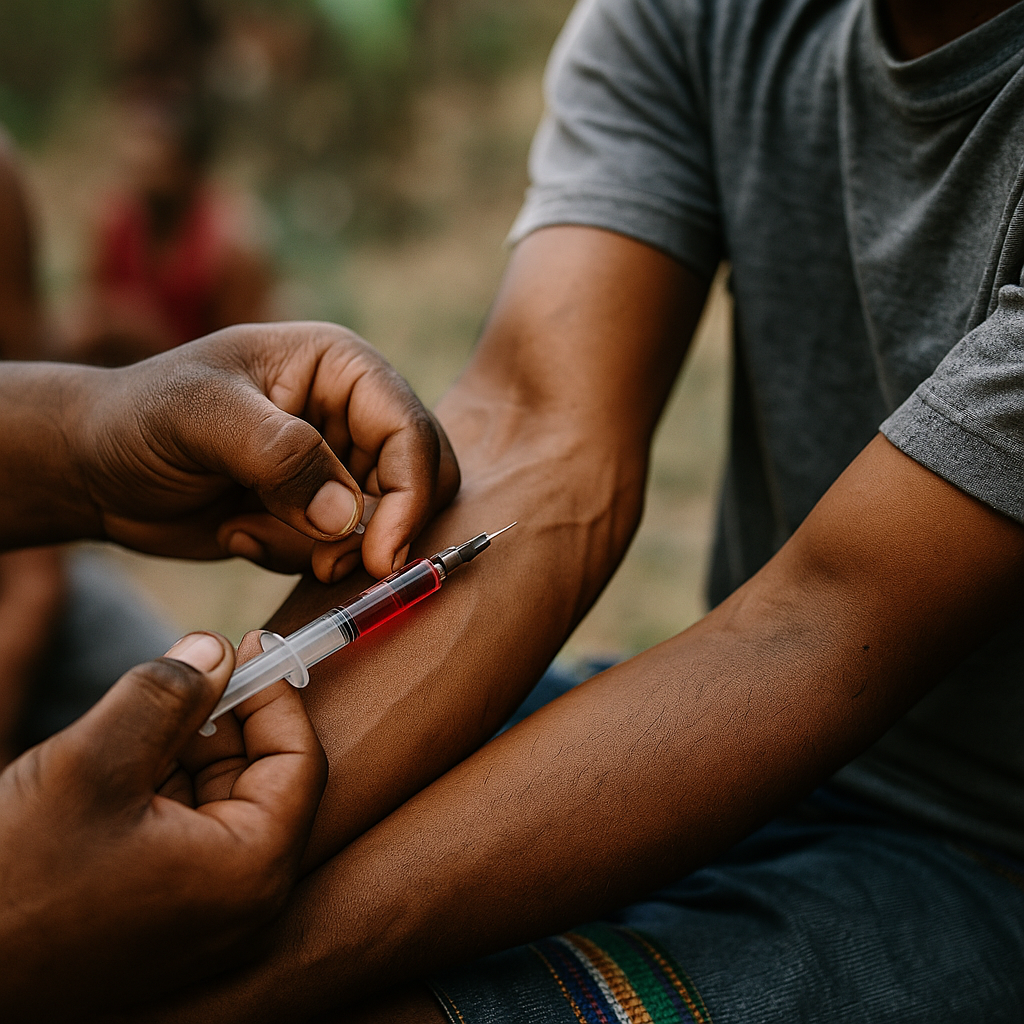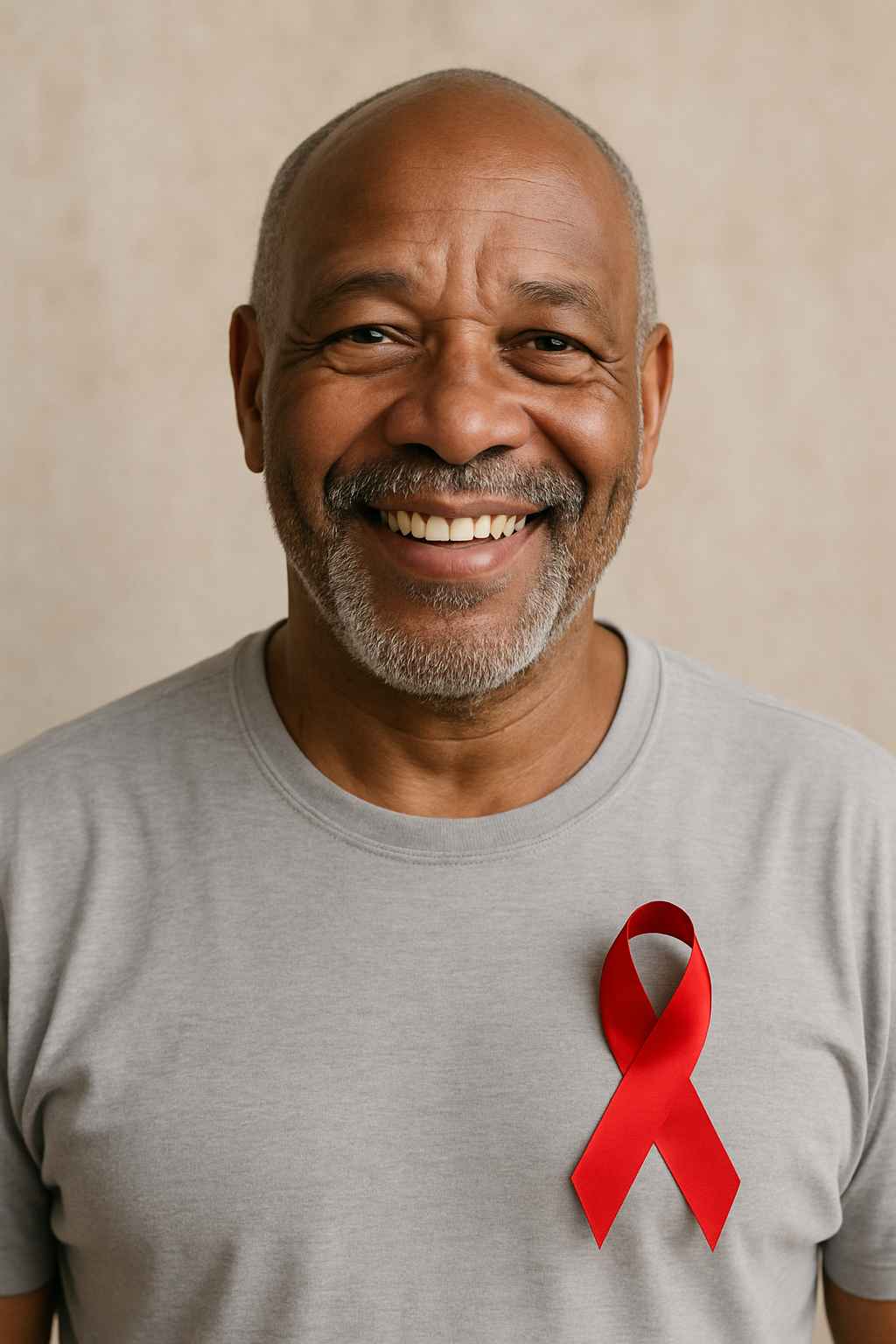Introduction
Are HIV rates really rising among Generation Z? Recent data and reports suggest this is a growing concern—and one that demands attention now. In this article, we’ll dig into the statistics, explore the reasons behind the trend, and highlight steps that can turn the tide. Understanding HIV rates among Gen Z is crucial if we want to protect the next generation and achieve lasting progress in the fight against HIV.
Table of Contents
- The Current Landscape: What the Data Says
- Why Gen Z Faces Unique Risks
- Barriers to Prevention and Education
- Strategies to Reduce HIV Rates in Gen Z
- Looking Ahead: What Must Change
- FAQs
The Current Landscape: What the Data Says
Recent surveillance reports reveal a complicated picture. Overall, new HIV infections in the U.S. dropped by 12% between 2018 and 2022, thanks in part to expanded testing, treatment, and prevention tools like PrEP. CDC data shows that among people aged 13–24, that decline was even more pronounced—around 30%.
However, the situation is not uniformly positive across all subsets of Gen Z. Some subgroups, particularly young men who have sex with men (MSM) of Black or Latino heritage, continue to bear disproportionate burdens. CDC reports confirm these disparities.
Despite overall declines, Gen Z shows worrying signs in HIV awareness and education. Surveys reveal that Gen Z adults report lower self-perceived knowledge about HIV than older generations. One GLAAD study found only 34% of Gen Z adults say they feel knowledgeable about HIV—versus 60+% in Generation X. Meanwhile, younger respondents in surveys are less likely to have received comprehensive HIV education in schools.
Why Gen Z Faces Unique Risks
Several factors make Gen Z more susceptible to rising HIV rates than older age cohorts.
1. Gaps in sexual health education
Many Gen Zers never receive accurate or comprehensive instruction about HIV, STIs, or prevention tools like PrEP. In states where sex education policies are restrictive—or where content is limited to abstinence—young people often miss foundational information.
2. Lower HIV literacy / knowledge gap
As noted, many Gen Z adults feel underinformed. Without solid knowledge about modes of transmission, risk reduction, or treatment, they may underestimate their own risk or delay testing.
3. Shifts in sexual norms and perception of risk
Because HIV is no longer viewed with the fear it once commanded—thanks to effective treatments and prevention—some younger people may perceive it as less threatening. This perception, along with access to dating apps and shifting norms around casual sexual encounters, can lead to riskier behavior if not mitigated by prevention tools.
4. Barriers to access and structural inequities
Even when Gen Zers want prevention and care, obstacles remain: lack of health insurance, fear of stigma, transportation issues, parental consent laws, lack of youth-friendly clinics, or mistrust of medical institutions. These barriers tend to be especially severe for marginalized communities.
5. Intersectionality and disparities
Within Gen Z, youth of color, LGBTQ+ youth, and youth in the South are often overrepresented in HIV diagnoses. Structural racism, homophobia, poverty, and stigma compound risk beyond individual behaviors.
Barriers to Prevention and Education
Even though powerful HIV prevention tools exist today, their uptake is uneven—especially among Gen Z.
– Limited awareness or misconceptions about PrEP: Many young people do not know PrEP is available, or they believe it’s meant only for older adults or specific groups.
– Stigma and fear of judgment: Worry about being labeled promiscuous or being “outed” may discourage youth from seeking testing or prevention.
– Confidentiality concerns: Many youth worry parents, caregivers, or insurers will discover they sought sexual health services.
– Consent laws and access points: In some states, minors must have parental consent to access PrEP or other sexual health services, limiting independence.
– Clinics not youth-friendly: Clinics that serve adolescents may lack staff trained in adolescent-friendly care, or may not provide hours convenient for school schedules.
– Fragmented education policy landscape: Sex education curricula differ widely by state and district; many exclude HIV or limit frank discussion.
– Technology gaps: While Gen Z is digitally native, some sexual health tools, telehealth options, and outreach campaigns fail to fully meet them where they are, online and mobile-first.
Strategies to Reduce HIV Rates in Gen Z
To reverse rising trends, coordinated approaches are essential.
Expand comprehensive, inclusive sex education
Curricula must include HIV, PrEP, consent, healthy relationships, and diversity in sexual orientation and gender identity. Education must start early and continue through high school.
Normalize HIV prevention in youth culture
Campaigns can use social media, influencers, and creative storytelling to make HIV prevention relevant and destigmatized. For example, tying in narratives around relationships, empowerment, and wellness.
Increase youth-friendly access to services
Remove or relax parental consent laws where possible. Offer confidential testing and prescription in settings that youth trust—school-based health centers, mobile clinics, telehealth platforms, youth-centered clinics.
Boost awareness and uptake of PrEP
Target outreach to youth via digital platforms. Partner with youth-serving organizations to offer education and linkage. Provide PrEP free or low‑cost in youth-accessible settings.
Strengthen peer outreach and support
Peer educators, LGBTQ+ youth groups, and community-based outreach can foster trust. When youth see themselves in prevention messaging and have peers to talk to, uptake often improves.
Leverage data and adaptive interventions
Use surveillance and modeling (e.g. self‑testing, targeted outreach) at the local level to identify hotspots or underserved youth populations. Tailor interventions to community realities.
Address structural barriers
Combat stigma, expand health insurance access, fund sexual health services equitably, and center equity in resource allocation. A generation will not benefit from prevention if systems block access.
Looking Ahead: What Must Change
Gen Z could become a turning point—or a missed opportunity—in the AIDS fight. To ensure the former:
- Policy change is essential: support for inclusive education, youth access to care, and expanded funding must come from state and federal levels.
- Youth voices must lead: strategies work better when Gen Z is involved in planning, messaging, and implementation.
- Intersectional approaches matter: prevention must account for race, gender, sexuality, geography, and social determinants.
- Accountability and monitoring: track progress specifically in Gen Z, disaggregated by subpopulations, to know what’s working and where gaps remain.
- Sustainability: prevention programs must be embedded and ongoing, not episodic.
If we act now—with urgency, equity, and youth-centered vision—Gen Z can be the generation that helps end HIV, not the one that prolongs it.
FAQs
Q: Are HIV infections truly increasing among Gen Z?
Not uniformly. Overall incidence in the U.S. is declining, including among youth. But some subgroups among Gen Z still face rising or disproportionately high rates, especially where education, access, and prevention are weak.
Q: What age range does “Gen Z” refer to when discussing HIV risk?
In this context, it typically refers to people aged roughly 13 to 24. Many data sources bundle ages 13–24 when assessing youth and HIV trends.
Q: Why is awareness of HIV so low among Gen Z?
A mix of factors: reduced media portrayal of HIV, gaps in sex education, perception that HIV is “solved” now, and lack of youth-targeted messaging all contribute.
Q: Can PrEP work for adolescents or teens?
Yes. PrEP is effective at preventing HIV when taken correctly. The challenge lies largely in access, awareness, and youth-friendly delivery rather than biomedical efficacy.
Q: What role can families, schools, or communities play?
They can push for inclusive and accurate sex education, create safe spaces for youth to seek information, support policies that expand access to prevention and care, and combat stigma to encourage testing and treatment.
This content is not medical advice. For any health issues, always consult a healthcare professional. In an emergency, call 911 or your local emergency services.




